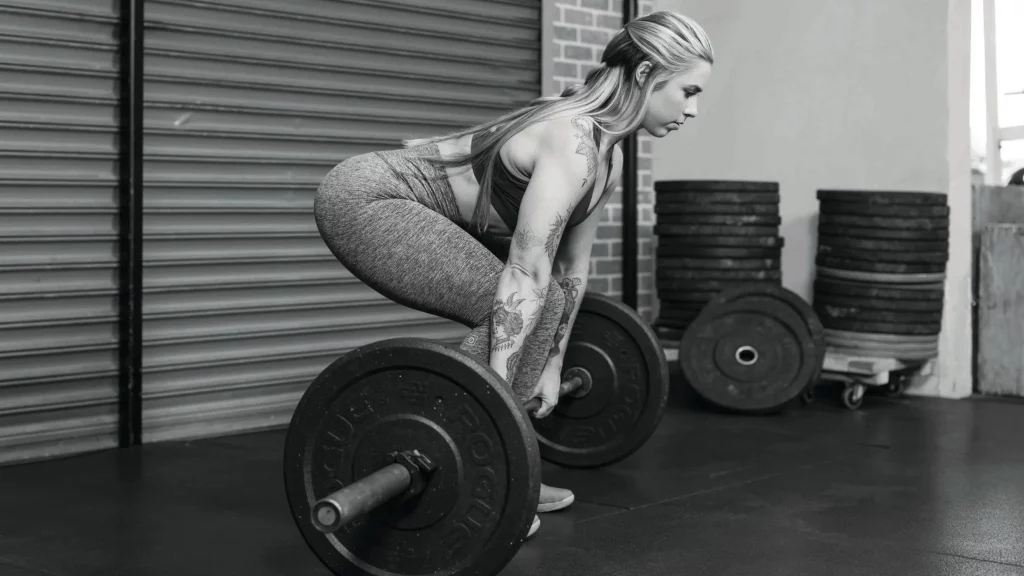Compound movements are exercises that engage multiple muscle groups and joints simultaneously, while isolated exercises target a specific muscle or muscle group. Here are some reasons why compound movements are often considered more important than isolated exercises in the gym:
Efficiency and Time-Saving: Compound movements allow you to work multiple muscle groups in a single exercise, making your workouts more efficient. Instead of spending time on separate exercises for each muscle, compound movements help you achieve a full-body or multi-joint workout in less time.
Muscle Recruitment and Strength Gain: Compound movements involve larger muscle groups, requiring them to work together. This leads to greater muscle recruitment and activation, which can result in more significant strength gains and overall muscle development. For example, exercises like squats, deadlifts, and bench presses engage major muscle groups in the lower body, core, and upper body respectively, promoting overall strength and power.
Functional Movement Patterns: Compound movements mimic real-life movements and emphasize the integration of muscles, joints, and stabilization. This makes them more applicable to everyday activities and sports performance. By training movement patterns rather than isolated muscles, you can improve coordination, balance, and functional strength.
Increased Calorie Burn and Fat Loss: Since compound movements engage multiple muscle groups, they require more energy and result in a higher calorie burn during and after the workout. The metabolic demand of compound exercises can contribute to improved fat loss and body composition changes compared to isolated exercises.
Hormonal Response: Compound movements stimulate a greater hormonal response in the body compared to isolated exercises. Exercises like squats and deadlifts, which involve large muscle groups, can trigger the release of growth hormone and testosterone, which play a vital role in muscle growth and recovery.
Core Strength and Stability: Compound movements often involve core activation and stabilization to maintain proper form and balance. As a result, they help develop core strength and stability, which is essential for overall strength, posture, and injury prevention.
Practicality and Versatility: Compound movements can be performed with various equipment or even just bodyweight, making them accessible in different settings. They offer versatility and scalability to accommodate different fitness levels and training environments.
While isolated exercises still have their place in a well-rounded training program, compound movements should form the foundation of your workouts. Incorporating exercises like squats, deadlifts, lunges, pull-ups, and overhead presses can provide comprehensive benefits for strength, muscle development, functionality, and overall fitness. It’s important to consult with a qualified fitness professional to design a program that suits your specific goals and abilities.

